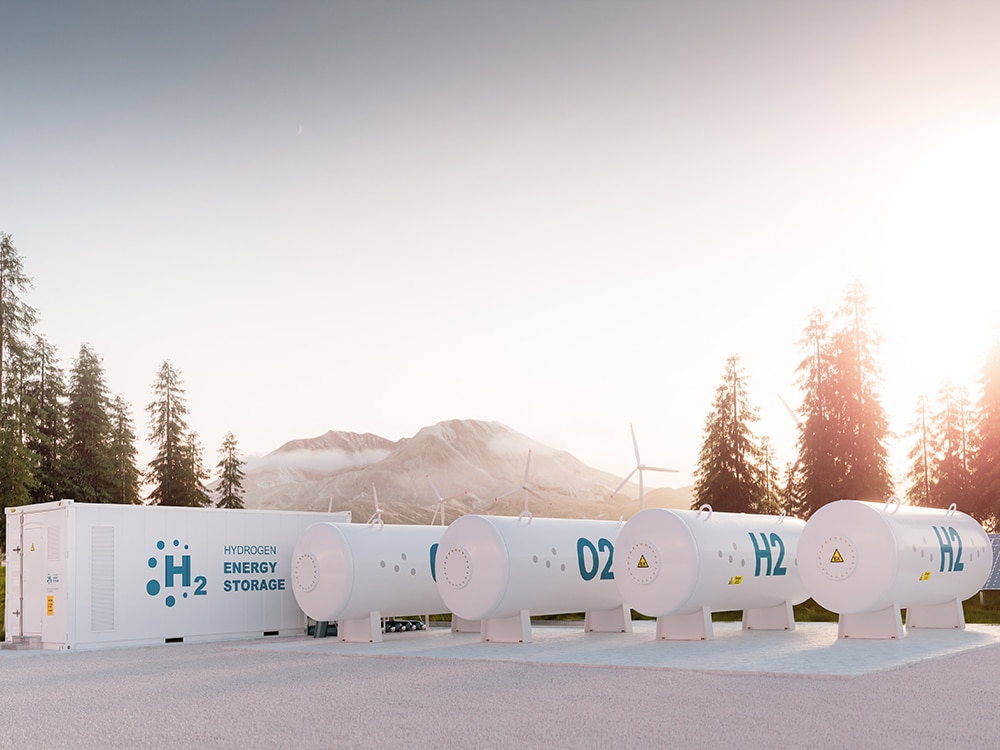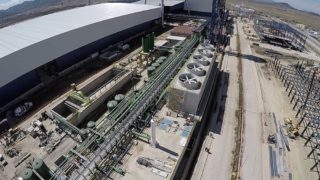Posted on August 18, 2021
The Construction Industry Institute (CII) and the Construction Users Roundtable (CURT) recently held their first joint conference centered around “Resilience through Innovation.” The event highlighted topics ranging from workforce planning, to modularization, and data-centric capital project approaches. Throughout the week there was a common theme emerging in almost every keynote address, presentation, panel discussion, and networking reception: decarbonization and energy transition. From commercial construction to infrastructure and industrial applications, every sector is putting in place Environmental, Social, and Governance (ESG) criteria and working toward Net-Zero carbon emissions goals. Expert industry panelists provided their insights during both panel discussions – “Energy Convergence, Decarbonization, and Green Hydrogen” and “Renewable Fuels, Carbon Capture, and Carbon Management,” and here are 5 energy transition takeaways from the 2021 CII-CURT Joint Conference.
-
Green Hydrogen is here to stay
Experts agreed that the transition to green hydrogen is not a “fad”. The declining cost of renewable energy coupled with the need for dependable carbon-neutral power sources supports green hydrogen playing an important role in the energy transition. The question many experts are still asking is how quickly this transition will happen.
-
Market convergence is happening, and we will see it continue
Panel experts noted that currently refining and chemicals are the largest markets for hydrogen. As other sectors begin to use hydrogen as a fuel or energy storage source, market convergence is set to become a reality. This will allow companies to adapt and leverage existing infrastructure, and to work collectively toward a Net-Zero economy. Yet to meet their sustainability goals, attendees agreed that companies must move away from the most common forms of hydrogen production, grey and blue hydrogen, increasing the global demand for green hydrogen.
-
There are barriers to the energy transition
Conference attendees and speakers clearly noted that the energy transition will continue, but discussions did arise surrounding the barriers to green hydrogen and decarbonization. Whether these obstacles are related to costs, regulatory issues, adoption, or supply chain development, most experts agreed that the industry is aligned on the need to overcome these challenges. Panelists discussed global incentives that are being put in place to drive the adoption of green hydrogen, pushing sectors toward their Net-Zero goals.
-
The industry is taking Net-Zero seriously
From global Engineering, Procurement, and Construction (EPC) companies, to owners, developers, and product manufacturers, companies at every stage of the project lifecycle agree that “green” is driving the industry forward. Companies are setting climate-neutral goals and sustainability is at the heart of future planning and business decisions. This focus facilitated conversations throughout the weeklong conference around sustainable technologies, emissions reduction targets, ESG, and waste reduction.
-
Collaboration and early engagement are the keys to energy transition
Throughout the joint CII-CURT conference, one trend appeared to be taking hold across the industry: To work toward Net-Zero carbon goals owners, EPCs, contractors, and suppliers all need to collaborate and work as a unified team. From a project’s conceptual stage to the point of commissioning and startup, the entire project team needs to be aligned on a common carbon reduction goal. Whether constructing a refinery, petrochemical/chemical complex, power plant, mine, or infrastructure project, teams operating across the value chain with the same principles of ESG and sustainability are on a successful path toward Net-Zero.
Interested in learning more about Victaulic’s commitment to the energy transition, decarbonization, and ESG? Click here to connect with our energy experts today!
Authors:
 Ravi L. Bhamidipati – Vice President, Global Oil & Gas, Chemical, and LNG
Ravi L. Bhamidipati – Vice President, Global Oil & Gas, Chemical, and LNG
 Elliott Smith – Vice President, Global Power
Elliott Smith – Vice President, Global Power



